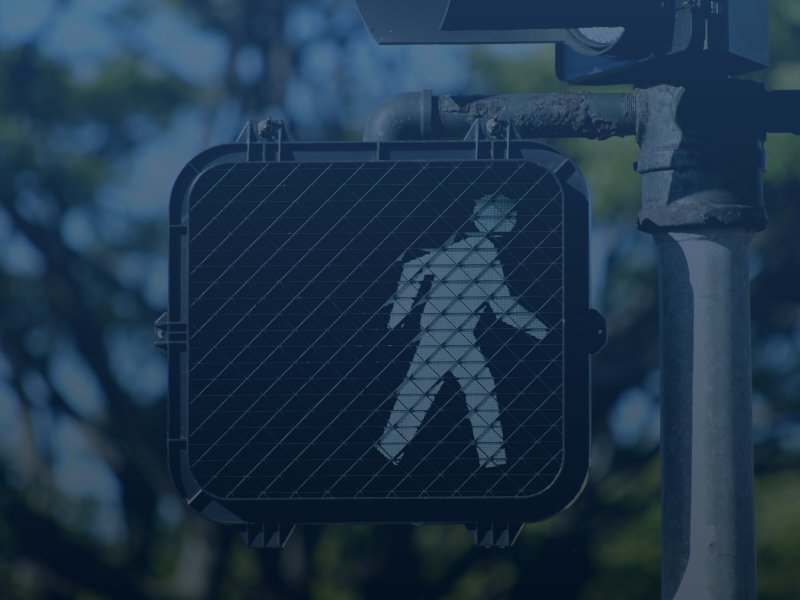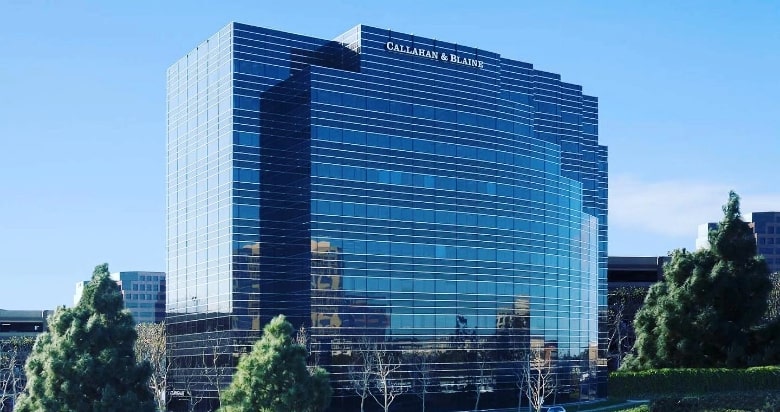Pedestrians are vulnerable to severe injuries when they sustain an impact with a vehicle for a fixed object. Pedestrians lack any type of protection from these impacts, and the injuries can leave lasting effects and even long-term disabilities. During the most recent reporting year in California, there were more than 10,000 total pedestrian accident injuries across the state, according to the Office of Traffic Safety.
Here, we want to discuss some of the most common injuries that occur as a result of pedestrian collisions, and we encourage you to reach out to a skilled Newport pedestrian accident attorney who can walk you through the process of recovering compensation.

Soft Tissue Injuries
Soft tissue injuries are prevalent in the aftermath of pedestrian accidents. These types of injuries can include various types of trauma, such as bruises or contusions, sprains and strains, lacerations and puncture wounds, as well as road rash. Even though most individuals will typically make a full recovery after a soft tissue pedestrian accident injury, these types of injuries could lead to long-lasting issues with pain as well as scarring or disfigurement.
Broken or Dislocated Bones
The impact of a vehicle or other fixed object during a pedestrian crash often causes broken or dislocated bones. This can include fractured hands, wrists, arms, shoulders, legs, ribs, or even a fractured skull. Severe bone fracture injuries could also include incidents where a broken bone punctures through the skin, leading to significant infection risks. These types of injuries could lead to significant long-term complications.
Traumatic Brain Injuries
Traumatic brain injuries can occur during a pedestrian accident regardless of whether or not the pedestrian actually has a direct strike of their head to a fixed object or the vehicle. A bump or blow to the body can also jostle the brain enough to cause a significant traumatic brain injury. Individuals who sustain a traumatic brain injury could experience significant complications, including cognitive or physical disabilities.
Spinal Cord Injuries
Vehicle accidents have been the leading cause of spinal cord injuries since 2015, according to information available from the National Spinal Cord Injury Statistical Center (NSCISC). Pedestrians involved in vehicle accidents have virtually no protection from the force of the vehicle slamming into them, so they are much more likely to sustain spinal cord trauma than those inside traditional passenger vehicles involved in accidents.
Spinal cord injuries can have varying effects on individuals, depending on the level of spinal cord injury that occurs. Complete spinal cord injuries are ones that sever the spinal cord at the site of the injury, and this results in complete paralysis below the site of the injury.
Emotional and Psychological Injuries
Not all of the injuries associated with pedestrian accidents revolve around visible trauma. It is not uncommon for pedestrian accident victims to experience significant emotional and psychological injuries as a result of the initial incident, the medical treatment needed, the recovery process, and any lasting disability caused by the incident.
Studies show that approximately 22% of all motor vehicle accident victims experience symptoms of PTSD. Emotional and psychological trauma can affect an individual in profound ways, including keeping them from carrying out day-to-day activities or from performing well at work.

